ARTICLES
Colorado’s world-class elk herd in bull’s-eye of outdoor recreation boom, report warns
CONSERVATION group says recreation trails overlap with 40% of elk’s most important habitat
““Elk seem particularly like a canary in a coal mine for trail-based disturbance. They seem particularly sensitive to trail use. If we didn’t have this iconic, world-renowned resource, we’ve lost something, something that makes Colorado Colorado.””
Another Colorado Mountain Town Copes With Impacts Of Growing Recreation Pressure On Wildlife
OUTSIDE OF STEAMBOAT SPRINGS, COLORADO, EXPANDING TRAILS AND INTENSITY OF USE ARE IMPACTING HOW ELK USE THE LANDSCAPE AND MAY BE CAUSING THEIR NUMBERS TO FALL.
“Perhaps this is the price of progress. As tourism-oriented marketing campaigns bring in more and more visitors to fill our ever-increasing number of trails, the wildlife simply becomes collateral damage. We currently have over 500 miles of single-track bike trails according to the Steamboat Chamber of Commerce and are planning for more.”
Are trails in Colorado harming wildlife?
“Some Coloradans, especially those of us who have lived here for a while, have come to expect that we can recreate wherever we like, whenever we like. But issues such as the state’s skyrocketing human population, development, and global climate change simply won’t let us sustain that sense of entitlement any longer—not if we truly want to keep our staggeringly rich and abundant wildlife.”
RESORT TOWN BLUES
This article details the declining elk herd in Eagle County - and why.
“Increased recreation, Andree says. Increased mountain biking and hiking and dog walking in the spring, summer and fall and increased skiing and fat biking and snowshoeing in the winter. Coupled with diminishing habitat, this could mean the end to the herd.”
Seeking Ground Less Traveled: Elk Responses to Recreation
“The study results confirmed what the scientists suspected-–elk are quite sensitive to the presence of humans. The animals clearly shifted long distances away from recreationists and moved farther out of view as human activities moved along the trails. They avoided not only recreationists but also the trails associated with their activities.”
Can Greater Yellowstone’s Wildlife Survive Industrial Strength Recreation?
(and we add- can Routt County’s wildlife?)
“Building a new recreation trail is not, by itself, an act of conservation. What takes courage, conviction and forward-thinking vision is consciously choosing not to blaze a trail out of respect for animals that have limited home ground to inhabit, and far fewer options to survive than we do to play.”
The new golden rule of playing outside:
Place First
“We need a new Golden Rule for the Great Outdoors: Place first. This simply means that nature’s needs come before our recreation ones...
Nature once had plenty of elbowroom. Today natural places—those places we like to play in—are increasingly squeezed by climate change and a booming human population. And even our well-meaning recreation can tighten the thumbscrews. ”
“I’m not anti-bike or anti-packrafting; I’ve done both activities for this magazine. What bothers me about these examples is the loss of perspective they represent.
If those who say they love the land the most don’t think restraint applies to them, who does it apply to?”
Click image to read entire article.
“...Ninety-three percent of the surveys showed that outdoor recreation had an effect on local wildlife; 59 percent of those effects were clearly negative, such as population declines. Even more surprising: Recreational activities like hiking, cross-country skiing, snowshoeing, mountain biking, climbing, and trail running often disturbed nearby wildlife even more than motorized recreation.”
“Newly formed group advocates to slow trail building in Routt National Forest to protect wildlife”
Editor’s notes:
This story discusses trail building initiatives funded by revenue from Steamboat's accommodations tax, which is frequently called the 2A tax after the 2013 ballot initiative that designated the funds to be used to build trails in the Steamboat Springs area. The accommodations tax is different from the 2A commercial air program sales tax, which voters will find on their ballots in November.
The Economic Contributions of Outdoor Recreation in Colorado
This study, conducted by Southwick Associates for Colorado Parks and Wildlife, quantifies the economic contribution of outdoor recreation in Colorado and 7 regions within the state. Outdoor recreation constitutes a substantial part of the Colorado economy. The total economic output associated with outdoor recreation amounts to $34.5 billion dollars, contributing $19.9 billion dollars to the Gross Domestic Product of the state. This economic activity supports over 313,000 jobs in the state, which represents 13.2% of the entire labor force in Colorado and produces $12.4 billion dollars in salaries and wages. In addition, this output contributes $4.9 billion dollars in local, state and federal tax revenue.









